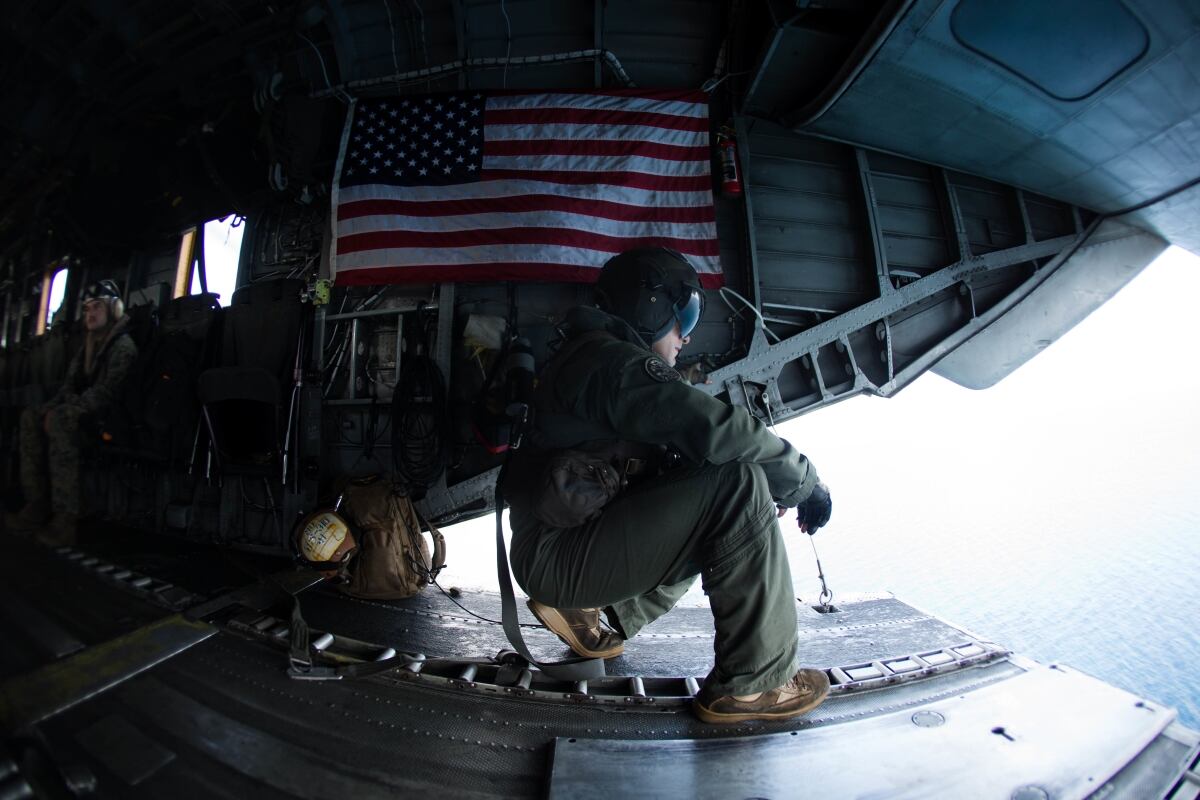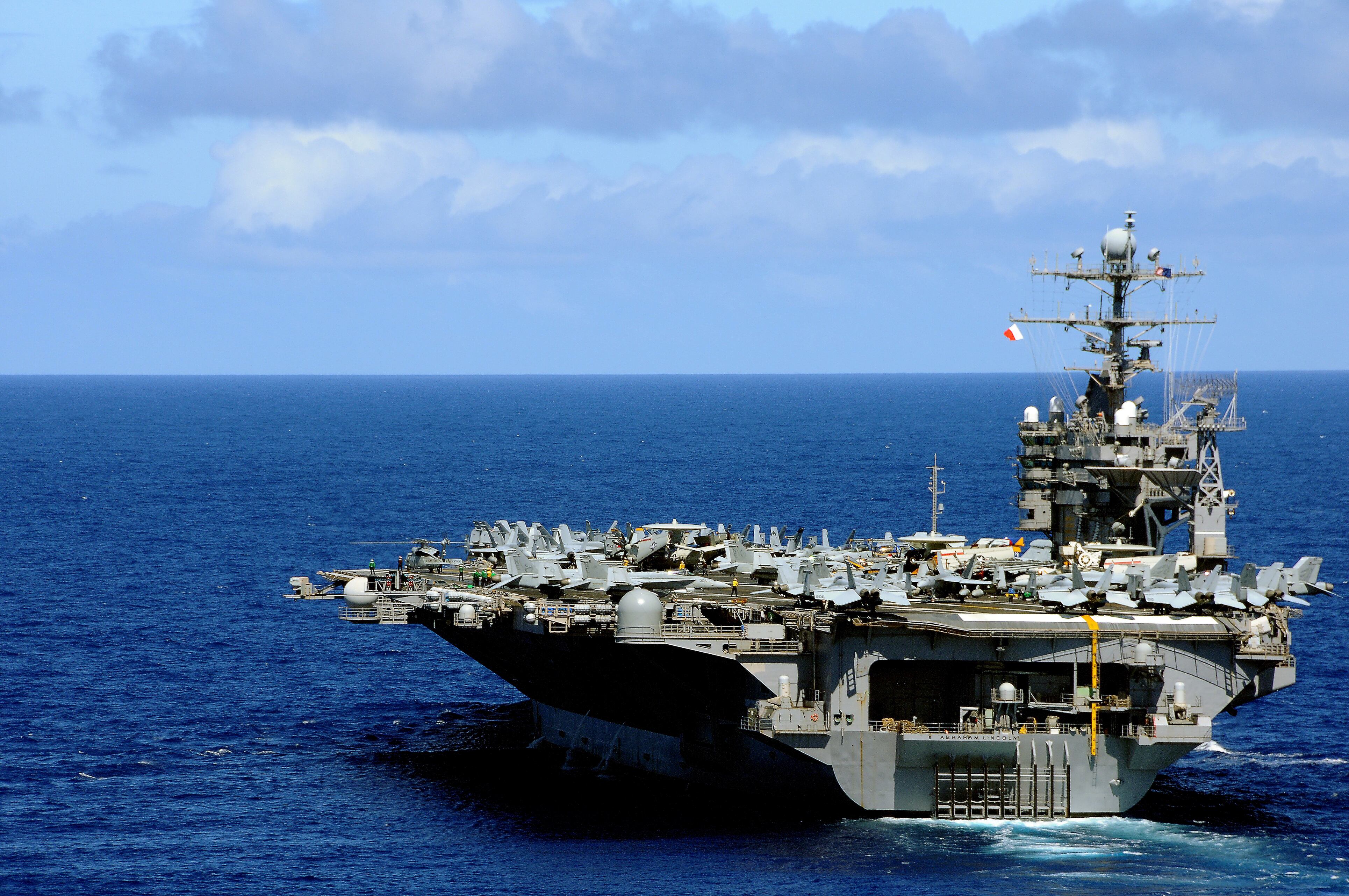In the face of two historic hurricanes in recent weeks, the U.S. military responded with massive mobilizations to help those affected.
Eight Navy ships steamed to the battered regions after hurricanes Harvey and Irma made landfall in the United States.
In Texas, two Navy helicopter squadron detachments from Fort Worth relocated to the area and began rescue missions for victims of the immense flooding.
The 112 sailors of the Dusty Dogs and Dragon Whales of Helicopter Sea Combat Squadrons 7 and 28, respectively, conducted 227 helicopter rescues on Aug. 30 alone after moving into the area, a Navy release stated.
The MH-60S Sea Hawk helicopters brought large cabins, infrared capabilities, search and rescue-trained crews and dynamic lighting arrays to the mission.
Night vision systems and onboard rescue hoists were complemented by the helicopters’ ability to fly at night for an average of three hours before refueling.
“In the open ocean you don’t have to worry about towers — you’re 70 feet over the water, you don’t have to worry about running into anything,” pilot and Texan Lt. Grant Kingsbery said in a Navy release. “Here, especially with the power outage, the street lights are out and most of the towers are unlit now because their battery backup has run out.”
RELATED

The mission presented a unique challenge for the crews, as squadrons that normally serve on ships had to navigate the flooded city landscape.
At sea, Marines and sailors aboard the amphibious assault ship Kearsarge and the dock landing ship Oak Hill departed Naval Station Norfolk and steamed for the Gulf of Mexico to be on hand for any Harvey-related missions.
No tasks were undertaken for the ships after Harvey brutalized Texas and Louisiana, but the group remained in the region to assist with the aftermath of Irma, which was barreling toward Florida.
Irma devastated parts of Florida, but its impact was not as severe as predicted.
Nonetheless, it decimated several islands in the Caribbean, prompting the amphibious assault ship Wasp to make its way to the U.S. Virgin Islands. There, Wasp’s six helicopters began flying critical care patients from the island of St. Thomas to St. Croix, while simultaneously transporting supplies and conducting other relief missions, U.S. Northern Command announced Sept. 7.
RELATED

As Irma rumbled toward Florida, the aircraft carrier Abraham Lincoln, the amphibious assault ship Iwo Jima, the amphibious transport dock ship New York and the destroyer Farragut were all ordered to head toward the region to provide humanitarian aid and other resources as requested by state and federal authorities.
On Sept. 12, the Iwo Jima, New York and the guided-missile cruiser San Jacinto arrived off the coast of Key West, the hardest hit area of Florida, to render aid.
“During times like these, it is important to have the right people with the right capabilities in the right place at the right time,” Iwo Jima skipper Capt. James Midkiff said in a Navy release. “We have successfully and safely completed this mission before and we will do it this time as well.”
Geoff is the managing editor of Military Times, but he still loves writing stories. He covered Iraq and Afghanistan extensively and was a reporter at the Chicago Tribune. He welcomes any and all kinds of tips at geoffz@militarytimes.com.




